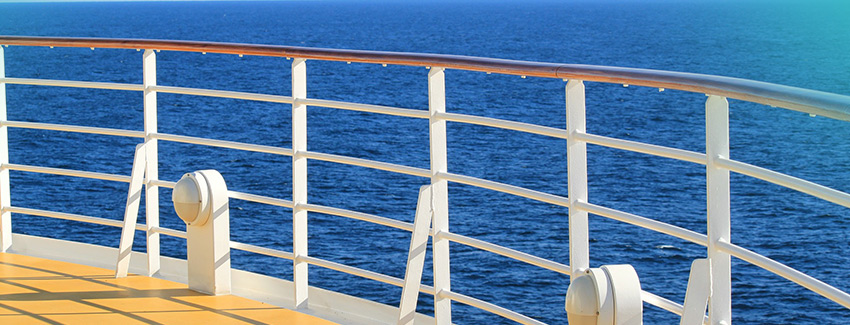Condition & Valuation Surveys

Condition & Valuation Surveying is a highly qualified profession with its own principles, practices, and ethics.
The surveying has to be done by very experienced naval architects and marine engineers to examine and report the current condition to determine the valuation of the vessel.
Condition & Valuation Surveys are done to determine the condition of a vessel and its equipments at the time of the survey for ;
- On Hire and Off Hire
- Surveys for Major Oil Companies
- Surveys for Banks
- Sale and Purchase Surveys
The companies, banks and owners must pay attention to the way of preparing a valuation report. As the bankruptcies are increasing due to turndown of the global market, the old methods used to prepare a valuation report such as comparing with the similar type of vessels at the market should be avoided. A proper Condition & Valuation Report should include;
Class Reports Review:
The technical reports of the Classification Societies during the annual surveys, special surveys etc are checked to get information such as existing and past damage, recurring problems, corrosion, cracks, thickness etc. to make a more accurate prediction and also to estimate short and long term expenses.
On-Sight Survey:
The valuation of any equipment or machinery starts with their inspection in order to determine the condition of the equipment. This survey is the onboard inspection of the vessel for its existing condition and includes the condition of the steel structure, main engine&propulsion system, auxiliary engines, electrical equipments, boilers, steering gear, treatment plants, separators, purifiers, heaters, compressors, air bottles, air conditioners, pumps and pipes, deck equipment, safety equipment, fire fighting equipment as well as the coating conditions and thickness measurement reports, etc. During the inspection each equipment is photographed and the photos are included inside the report.
Also the statutory documents are checked to ensure compliance with the relevant regulations and certificates. These documents and certificates includes (but not limited to):
- Certificate of Registry
- Certificate of Class
- Tonnage Certificate.
- International Safety Management (ISM) Certificates
- International Load Line Certificates
- Safety Construction Certificate
- Safety Equipment Certificate and Record of Safety Equipment including Life Raft and Lifeboat Test Certificates.
- Safety Radio Certificate
- Ship’s Radio Communication Licence
- Safe Manning Certificate
- Deratisation (Public Health Regulations) Exemption Certificate
- Oil Pollution Prevention Certificate (MARPOL)
- Shipboard Oil Pollution Emergency Plans (SOPEPs)
- Oil Record Book.
- Survey Particular (Hull, Machinery, Drydocking)
- Cargo Gears Register and Test Certificates
- Stability Booklet
- Cargo Loading and Securing Manuals
Potential Earnings:
The potential earnings at the current and future market conditions (by considering the market conditions against the upcoming global events) should be forecasted for similar type of vessels with paying utmost attention to the upcoming rules®ulations which may cause unexpected expenses or even may reduce the operation area.
Evaluation:
Upon the conclusion of the above, the evaluation tables of the structure, equipments, advantages and disadvantages of the vessel are prepared.
Condition & Valuation Report:
A comprehensive report is issued which includes summary of the class reports review, on-sight survey details (equipment list, specifications and list of deficiencies, photos of the equipments), evaluation tables and the valuation part. The valuation is done by taken below items into account;
- Price Comparisons with the similar type of vessels.
- Commercial Forecasting (remaining lifetime of the vessel, running cost, monthly income&outcome&profit, expenses for the upcoming surveys&drydocks, scrap value)
- New Building Price
The Current Market Value